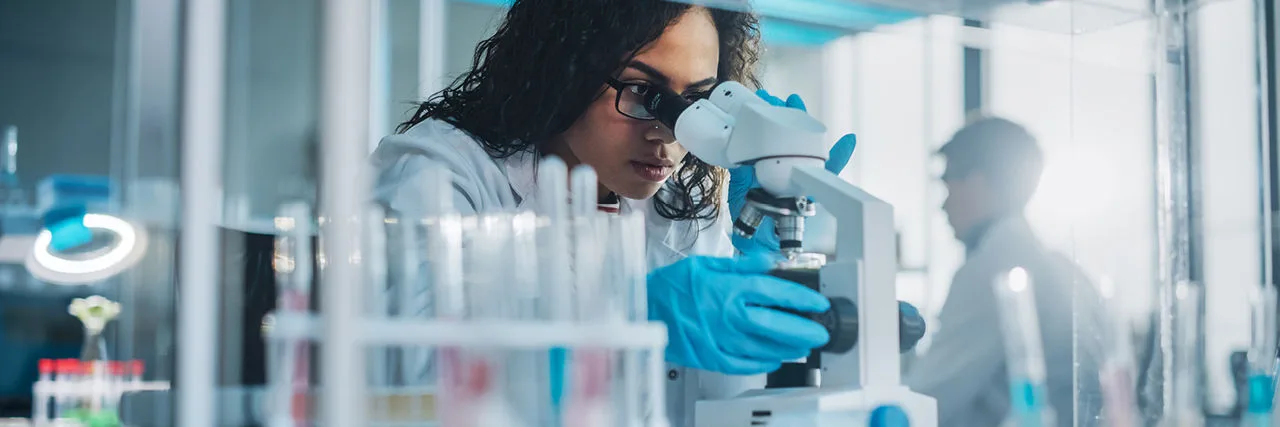One of the annoying – but necessary – parts of managing type 1 diabetes in conducting multiple finger sticks every day to check blood sugar levels. This is one of the most accurate ways that people with diabetes can determine whether they need to inject themselves with insulin or not, especially around mealtimes and when being physically active. But advances in technology may have found a way to accurately monitor blood sugar levels without requiring finger sticks.
Dexcom is a company that is well known for its continuous glucose monitoring (CGM) systems, and they are set to launch a new model, the Dexcom G6, in June. Ahead of this release, one user got to try it out early and shared her experiences with the new system.
The G6 comes with a sensor that is placed under the skin and affixed with a transmitter that wirelessly relays information to a receiver. The receiver is often the person’s smartphone and is accessed using a corresponding app. There is an auto-applicator that makes inserting the sensor quick, easy, and painless. Once inserted, it is functional for 10 days before shutting off and needing to be replaced.
However, the sensor continuously monitors blood sugar levels so that individuals do not have to constantly check on their own using a glucometer. For this user, it took a few days for the G6 to begin accurately reading her glucose levels, so she did double-check initially with the glucometer. However, soon they began giving the same readings, and she could track her blood sugar using the app.
The system also gives alerts and alarms for when blood sugar becomes too high or dips too low. It can even alert to downward trends before blood sugar gets the chance to become dangerously low, allowing individuals to appropriately respond and keep levels more stable. In addition, the company has made the transmitter sleeker and more comfortable. It has a 28% lower profile than the current G5 model and affixes flush against the sensor.
Since the system has not been released to the public yet, the final cost is unknown. Plus, this will vary depending on an individual’s insurance coverage or if they are paying out of pocket. However, it provides many benefits in helping individuals with T1D in effectively managing their blood sugar in a more hands-free way and providing readings around the clock that can be viewed through the app or receiver. The benefits may outweigh the costs in the end for some.
The Diabetes Research Connection (DRC) is excited to see how technology is changing to better support the needs of individuals with type 1 diabetes and help them manage their condition. As research continues to advance, so do technology and treatment options. The DRC is committed to empowering early career scientists in pursuing novel research around type 1 diabetes and raises funds to support these efforts. Click to learn more about current projects and provide support.




